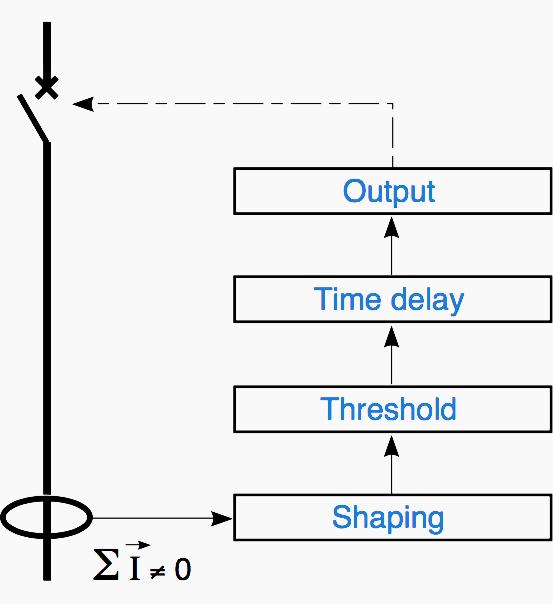Featured
How Does Voltage Affect Current In The Circuit
How Does Voltage Affect Current In The Circuit. I = v / r. Therefore, if the voltage is increased, the current will increase provided the resistance of the circuit does not change.

If voltage became 0 then the current does not exist and the wattage will be 0, if the current became 0 then the circuit is in open circuit condition where the voltage is present but not the current thus again wattage will be 0, if wattage is 0 then no power will be consumed or produced by the circuitry. Ohm’s law states that the electrical current (i) flowing in an circuit is proportional to the voltage (v) and inversely proportional to the resistance (r). When a voltage source is connected to a circuit, the voltage will cause a uniform flow of charge carriers through that circuit called a current.
How Much The Electricity Wants To Move From One Point To Another.
When a voltage source is connected to a circuit, the voltage will cause a uniform flow of charge carriers through that circuit called a current. Voltage is equal to the current multiplied by the resistance.without changing the resistance, increasing the applied voltage in a circuit will increase current flow. The phase difference is <= 90 degrees.
I Will Explain Ohm’s Law And How A Resistor Reduces Current And Voltage Below.
It is possible to have voltage without current, but current cannot flow without voltage. In circuits, this usually means. A higher voltage will cause more electrons to flow through the filament if the brightness is due to a flow of electrons through it.
Ohm’s Law States That The Electrical Current (I) Flowing In An Circuit Is Proportional To The Voltage (V) And Inversely Proportional To The Resistance (R).
If we increase the current, the voltage will decrease for making the power same. If you have a resistor in a circuit, with a current flowing through it, there will be a voltage dropped across the resistor (as given by ohm's law). Voltage attempts to make a current flow, and current will flow if the circuit is complete.
For A Given Circuit, The Voltage And The Currant Have A Relationship Depending On The Exact Makeup Of The Circuit.
Since voltmeters are always connected in parallel with the component or components under test, any current through the voltmeter will contribute to the overall current in the tested circuit, potentially affecting the voltage being measured. The power will remain the same for a particular load as we are not changing the load. They cannot take on just any old values.
The Larger The Voltage Is, Then The Larger The Current Will Be.
But be aware that not everything behaves like a resistor. By definition of the ideal current source, the current through it will be what's written on the schematic. I = v / r.
Popular Posts
How To Connect Ammeter In Parallel Circuit
- Get link
- X
- Other Apps
Comments
Post a Comment